|
I hope everyone is having a good time nature journaling these days. Its seems like we are finally at the point in the year when the week ahead is undoubtedly filled with good weather! Hooray! Today’s nature journal notes is going to focus on the more whimsical side of journaling. For the past couple of months I’ve been emphasizing the importance of making detailed observations about what we are seeing, but the reality is that not everyone wants to take detailed notes about their surroundings. Practicing our observation skills is just one part of the nature journaling process. It helps us make deeper connections with nature, but there are other ways to make that connection. Below are some nature journal sketches from community members that were inspired by what they were seeing around them, but chose to take some artistic liberties. Creating doodles from the natural world is a great way to see things in a new light as well as allow us to focus on aspects such as general shapes or overall color. Awesome! Using our imaginations to interpret our surroundings can be an incredibly helpful tool and encourages us to look at the world through a new lens. Creative writing can also be a good tool for journaling when going outside to your favorite green space is not an option. The nature journal challenge for this week is to pick two of the prompts below and write about them in your journal!
Happy journaling and as always, if you would like to share any of your nature journal entries or have questions, email us at [email protected]! We love hearing from you!
0 Comments
Have you ever found yourself wondering if there is more you can be doing with your vegetable leftovers? I know I am often disposing of the tops of vegetables and the ends that I’ve always been taught to cut off, but is there more I could be doing with these “unwanted” bits and pieces? The answer is, yes! Recently, I came across The Naturalist: Down to Earth, which is one of a series of books published in the 1970s each about different ways you can maximize your use and appreciation of the natural world. The books are wonderful and cover a variety of topics from observations you can make while going on a nature walk to creating your very own herbal vinegars. The section that immediately caught my eye was how to use your leftover groceries to enhance your gardening experience! Here are some of the creative ways The Naturalist: Down to Earth suggests you get the most out of your grocery haul. 1. Create A Green Dish Display! You can reuse the tops of beets, carrots, radishes, turnips and even pineapples to create a temporary leafy oasis! These plants wont regrow their fruits, but they will produce more greenery for a visually pleasing display. The process is easy and is a great way to get young ones involved in gardening and exploring food that is grown from the ground. To do this, you will need the top two inches of whatever plant you are choosing to regrow. Beets, carrots, radishes, turnips and pineapples are the options mentioned in the book, but I’m sure you can explore this method with other vegetables and even turn it into an experiment! Once you have the top of your plant, cut off all of the old leaf growth and put the vegetable in a shallow dish of water. Use stones or pebbles to stabilize the sprouting veggie and then you are done! You can organize the tops of your vegetables and even add seashells or sticks for added elegance. 2. Replant Your Citrus Seeds! 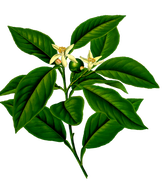 Lemons, Oranges, and Grapefruits won’t always produce trees with fruit, but you can replant these seeds to create your very own citrus “grove”! Before planting your seeds, it’s best to soak them in water overnight. They can be planted in loose sandy soil for best results. 3. Grow a Sweet Potato Vine! 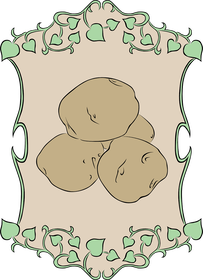 To start your sweet potato vine, you will need:
The first thing you need to do is fill your jar with water. Then, put your sweet potato in the mouth of the jar so that half the potato is in water and half of the potato is out of the water. You can use your toothpicks to secure your potato if the opening of your jar is too big.  Sweet Potato Vine from The Naturalist: Down to Earth Sweet Potato Vine from The Naturalist: Down to Earth Once your potato is secure and in place, move your jar to a dark place where it can begin to root. Check on it regularly to see if roots have started to grow and to keep the jar filled with water. In about two weeks, your potato should begin to sprout! Seeing sprouts on your potato is a sign that it should be moved into the sun. After you’ve moved your plant, you will notice that the sprouts very quickly become little vines. You can leave your potato vines in the jar of water, or move it into a pot or soil. Similarly, you can take an avocado pit and secure it in a glass of water to create an avocado plant! You will follow all of the same steps as the sweet potato vine, but it will take a little bit longer for roots and sprouts to appear, so it’s important that you practice patience.
It is springtime and the deer are here. In reality, they’ve been around and active all Winter, but with Spring brings a new generation of young fawns! Most baby deer, also known as fawns, are born from mid-May to mid-July reminding us that Summer is right around the corner. Many times we associate tenderness and vulnerability with young fawns, but in reality, from the moment they're born, they are true survivors. With the exception of nursing, fawns spend most of their time away from their mothers during the day until they are strong enough to keep up with the doe. Unbelievably, these leggy little ones weigh in at four or five pounds when they’re born and can stand within 10 minutes. They are almost expert walkers in just 7 hours! As a reminder, it takes human babies anywhere from 9 to 18 months after being born to even think about walking. Strong legs and innate agility is one of the greatest defense mechanisms deer have against predators. As an adult, a white-tailed deer can run up to 30 miles per hour and jump nearly 8 feet into the air! Despite being able to walk within 7 hours, fawns aren’t ready to keep up with their mothers for about three months. This means that they are left hidden on their own, usually in tall grass or bushes, but sometimes in backyards. The light brown coloring and white spots that imitate sunlight speckling a forest floor are excellent camouflage. Fawns born this Spring won’t get their adult coats until Fall 2020. Not only are fawns essentially invisible to any predator, they are also almost completely scentless! That’s right, when a fawn is born, their scent glands are not very well developed, which makes them almost undetectable to coyotes and other predators who rely heavily on scent to track their prey. In order for fawns to remain odorless, their mother will eat their droppings and lick away their urine, which sounds gross at first, but it’s actually something that many animals will do to protect their young from predators and parasites!
Deer don’t remain odorless for their entire lives. When they are adults they use their scent glands to communicate! They even have glands in between their hooves and when threatened they will secrete a scent to warn other deer passing through that there was danger in the area! As deer grow up, they lose some of the adaptations that kept them hidden as young fawns, but they still remain extremely stealthy and in tune with their environments. If you want to learn more about different deer adaptations, check out this article published by the Valley Forge National Historic Park as part of the National Park Service. Not only are many of us overwhelmed by sensing pollen in the air this time of year, but it’s also all over the place! There seems to be a layer of yellow pollen caked onto everything as soon as we step out the door. Is all of this pollen coming from the same plant? Why am I just noticing it right now? What even is pollen?! We often credit pollinators for moving pollen, but there is another source of transportation for plants that don’t have bright, beautiful flowers to attract other animals: wind! Wind helps move pollen from evergreens, oaks, ragweed and a multitude of different grasses. Because of the uncertainty of leaving the wind to determine whether or not the pollen from a “male” tree will find its way to a “female” tree, trees produce a huge amount of pollen to increase the chances of creating new seeds. Most plants will produce much more pollen than necessary to ensure successful fertilization of another plant. One corn plant can produce up to 5 million pollen grains, but one ear of corn only has a few hundred seeds! All the pollen we see covering the ground are unsuccessful pollen particles that didn’t make to another tree or grass. Check out the video below of what happens when a digger bumps into a pine tree during pollen season! Just like flowers, trees have specific time slots throughout the Spring when they bloom and in turn create pollen. Unlike flowers, these cyclical blooms are not nearly as noticeable, so it seems to be a surprise when all of a sudden our world becomes trapped in a yellow haze of pollen. Not all pollen is yellow and, in fact, we can often figure out what plant pollen comes from based on its color and size. The yellow pollen we see right now is coming from pine trees! Surprisingly, after doing a little digging on the internet, this pine pollen is not a significant source of seasonal allergies – just a nuisance and an eyesore. A lot of the pollen that causes seasonal allergies is invisible to the naked eye. The nature journaling challenge this week is to find sources of pollen outside. You can take a closer look at local trees to see if they are producing pollen, or if they are beyond that stage and starting to seed! Take note of what kind of tree you are looking at and what is going on among the branches besides the leaves. Are there buds, or perhaps the remnants of flowers? Do the pine trees have pine cones on them, or is there something else? Another activity you can do in your journal is set up your very own flower dissection! Use your nature journal as a place to take notes and sketch what you are seeing. Larger flowers with distinct flower parts will work best. The process is pretty simple once you’ve found a flower that will work, just carefully cut it in half! You can make a scientific illustration of your dissection as well as label the various parts of the flower. Flowers are completely designed to promote pollination and successfully cross-pollinate with other flowers. See if you can find the parts of the flower during your dissection that are labeled in Clare Walker-Leslie’s illustration from The Nature Connection (also the inspiration for this entire post) pictured below. Happy journaling and as always if you would like to share your journal entries, or have any questions, send us an email at [email protected]. Sometimes the most effective way to learn about the world around us is to play a game! Sure, doing research and taking time to make detailed observations is important too, but exploring through games can give us a certain vulnerability that allows us to see everyday nature in a new way. Here are a few games that can be a lot of fun to do with just a couple of people and help us to take in the world from a different perspective. Games/Activities for the Five Senses Just like most things in life, the more we practice, the better we will become. This is true for playing sports, picking up an instrument, and believe it or not, even our observation skills! A great to way to practice observing the world around us is to play games that involve our five senses and focus on each of them individually. You’ll be amazed at what you start to notice when you are out in nature if you are constantly exploring new ways to use your senses and challenging how you take in the world! Sharp Eyes
Sound dropping
Blind-fold Game
Where is taste?
Whoever is participating in the experiment should notice that the sugar flavor is most noticeable at the tip of the tongue, the salt on the tip and the sides, and the vinegar on the sides! Feel free to experiment with other flavors and see if they are more flavorful in different areas of the tongue. Some other flavors to try: Lemon or lime juice, tomato, cucumber, mint, and just about anything edible you feel like experimenting with :) Onion Hunt
Try to keep the hunt short so that the smell of the onion isn’t lost over time. You can add prizes, or treasure, to the end of the hunt as an incentive to keep trying! Variation: Have participants map out the area where the hunt is being played. As they follow the scent of the onion, they can mark on their maps where the onion scent is the strongest and create a trail to lead others to the treasure! All games are taken directly from or inspired by Learning About Nature Through Games by Virginia W. Musselman. Wow, I hope people were able to get out and explore some of the bird activity and nest building around their homes over the past week. Everywhere I went, there seemed to be some kind of bustle that revolved around baby birds: goslings following their parents, fledglings begging for food, and adult birds guarding their nests. It's amazing to see all the different stages of development happening simultaneously among the different species. Below, a community member experiments with using bold colors to capture a blossoming flower. Thank you for sharing! This week's task is simple, yet effective. Of course, it is taken from Clare Walker Leslie and Charles E. Roth's Keeping a Nature Journal. The challenge is to take a stroll on the beach, through the woods, in your yard, around your neighborhood, or anywhere, and try to fill your pockets with natural objects you notice while walking. Once you are back home, or wherever you choose to do this activity, empty your pockets and record what you've found. This can start as a written list, but I encourage you to draw everything that you collect. Take time to develop your observation and sketching skills and to capture as many of the minute details of these petite bits of nature as possible. If you are doing this activity in a home with other people, consider putting your objects on display! You can create your very own cabinet of curiosity for friends and family to look at. Think about all the different ways your objects are connected. Do they share colors? Are they similar shapes? Do they all come from trees? See how many different ways you can organize your collection and if there are any ways that all your items are connected! Want to do more with your objects? Play I notice, I wonder, it reminds me of. This is a great way to get your mind thinking in new ways about things that we see everyday. In your journal, make three sections. One titled I notice, one titled I wonder and one titled it reminds me of. Pick one of your objects to study. Set a timer for one minute for each category (three minutes total) and make a list of what you notice about your object, what you wonder about it and what it reminds you of. Do this for as many of your items as you'd like. Thank you for continuing your nature journal journey with us and as always, if you would like to share your journal entries, or have questions or comments, please email us at [email protected]. We love hearing from you!
|
AuthorNRT's dedicated staff are responsible for the content of the NatureTalk blog. Questions? For more information on any blog post, please contact us at any time. Archives
December 2021
Categories
All
|


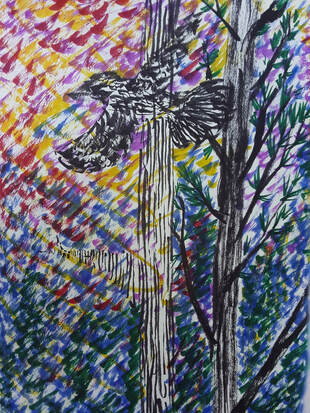
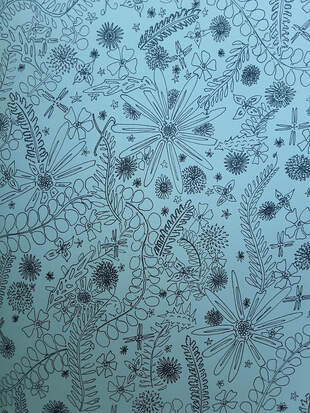
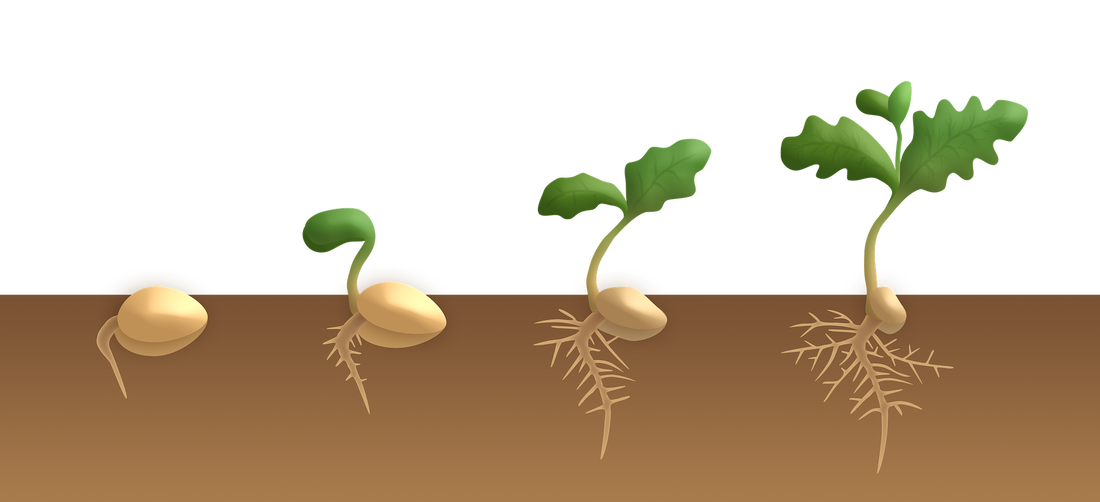

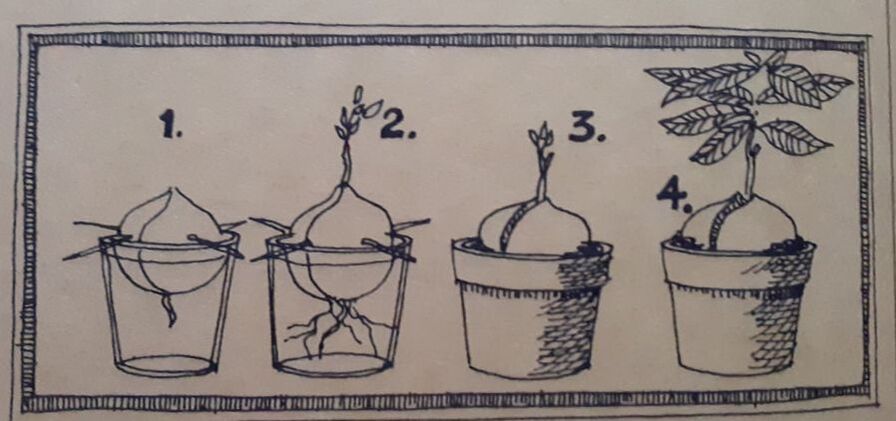

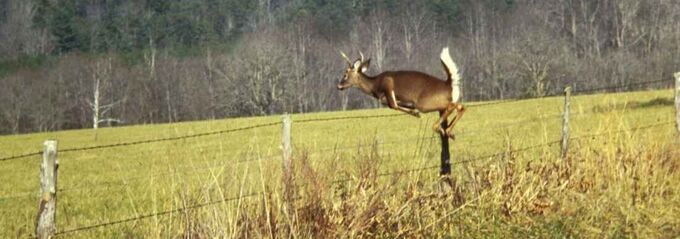


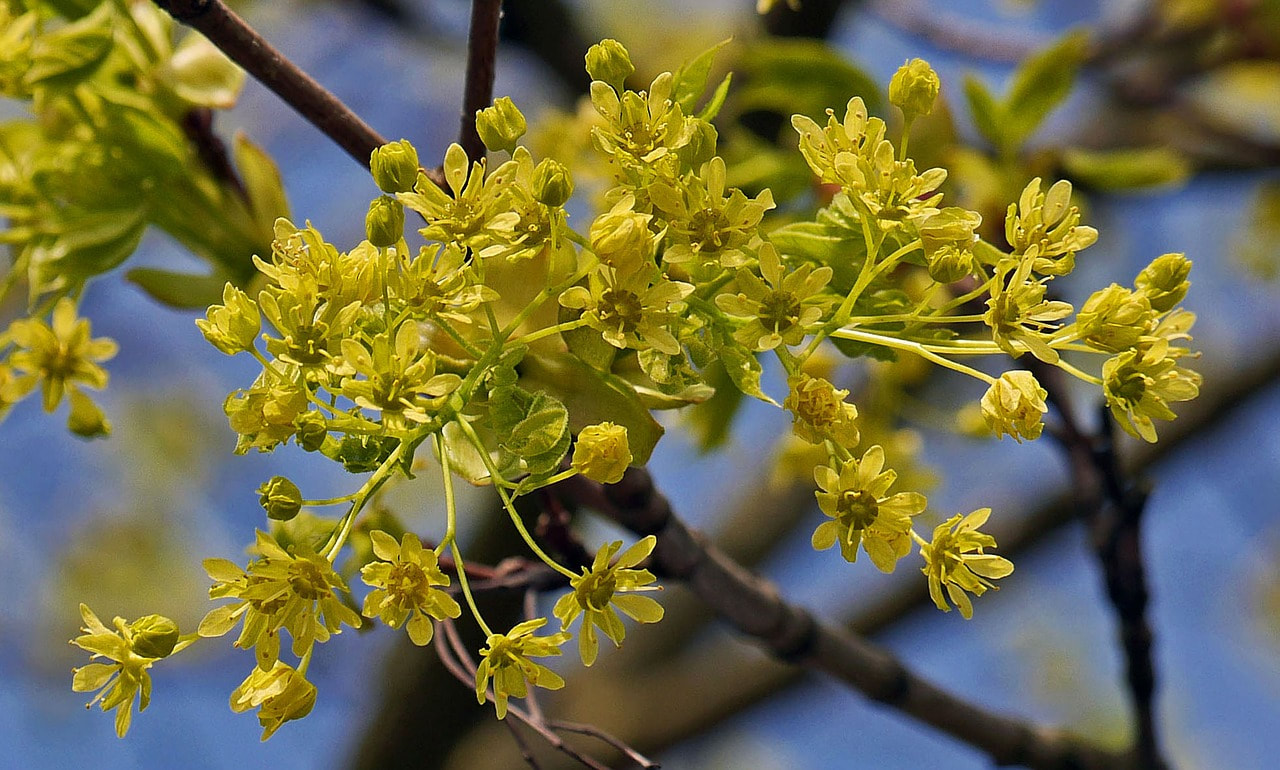
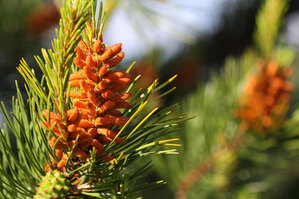
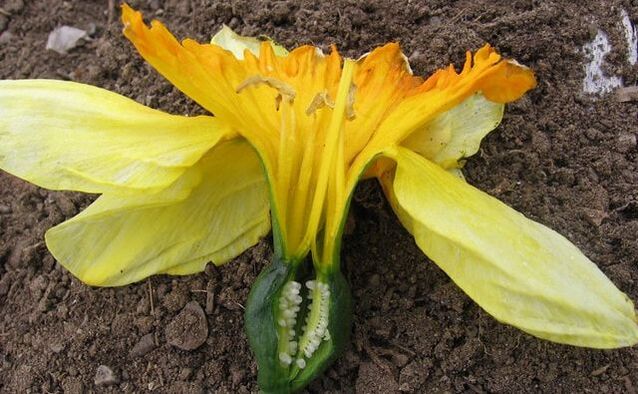
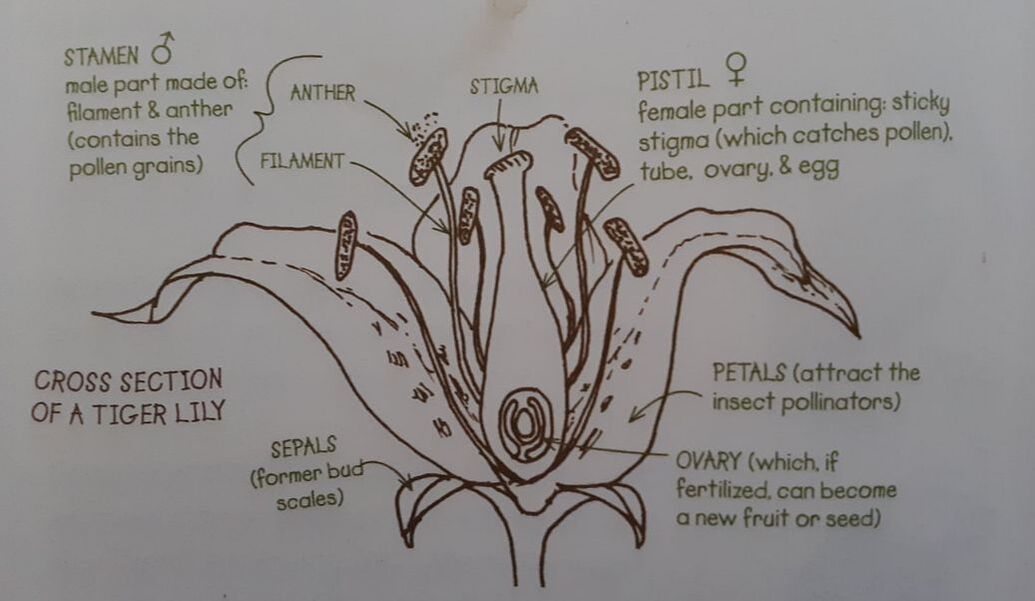



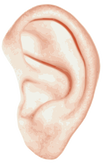
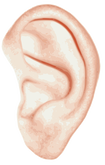



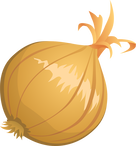
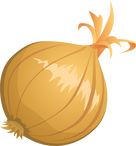
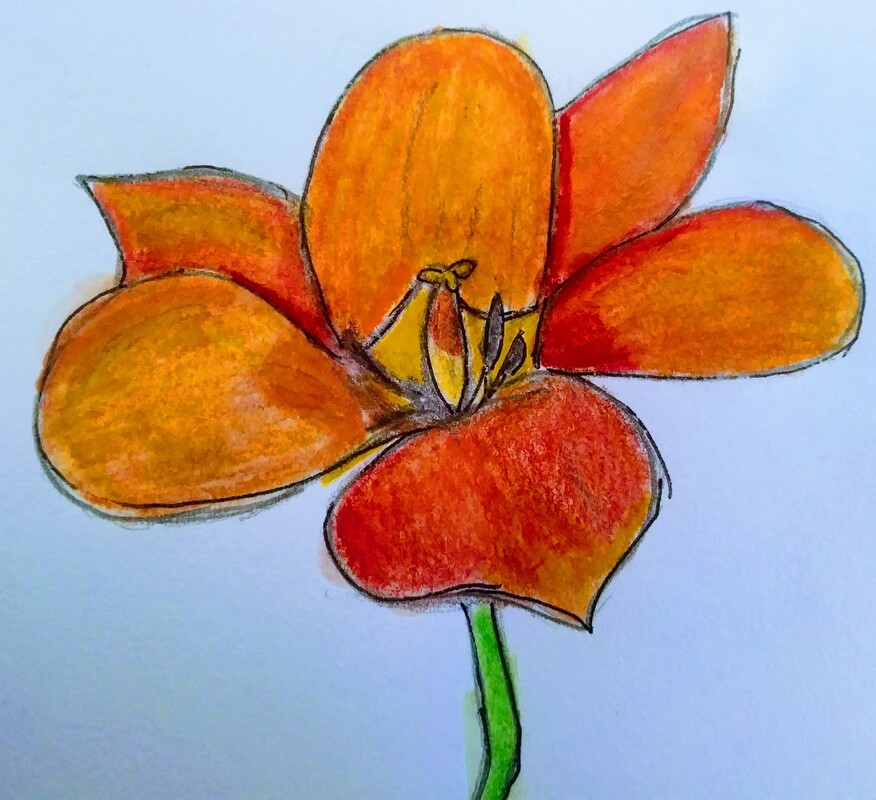
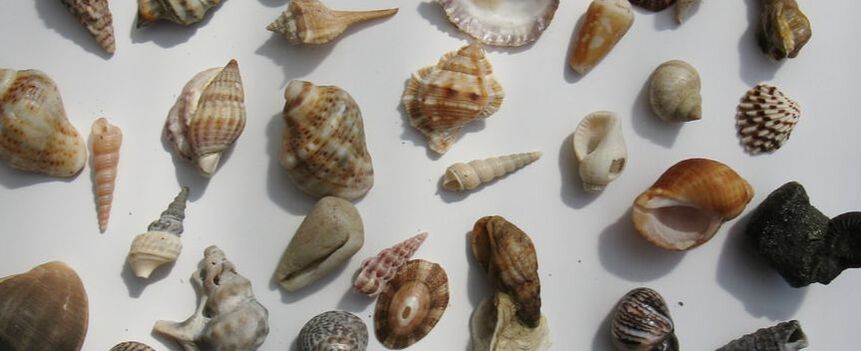
 RSS Feed
RSS Feed
